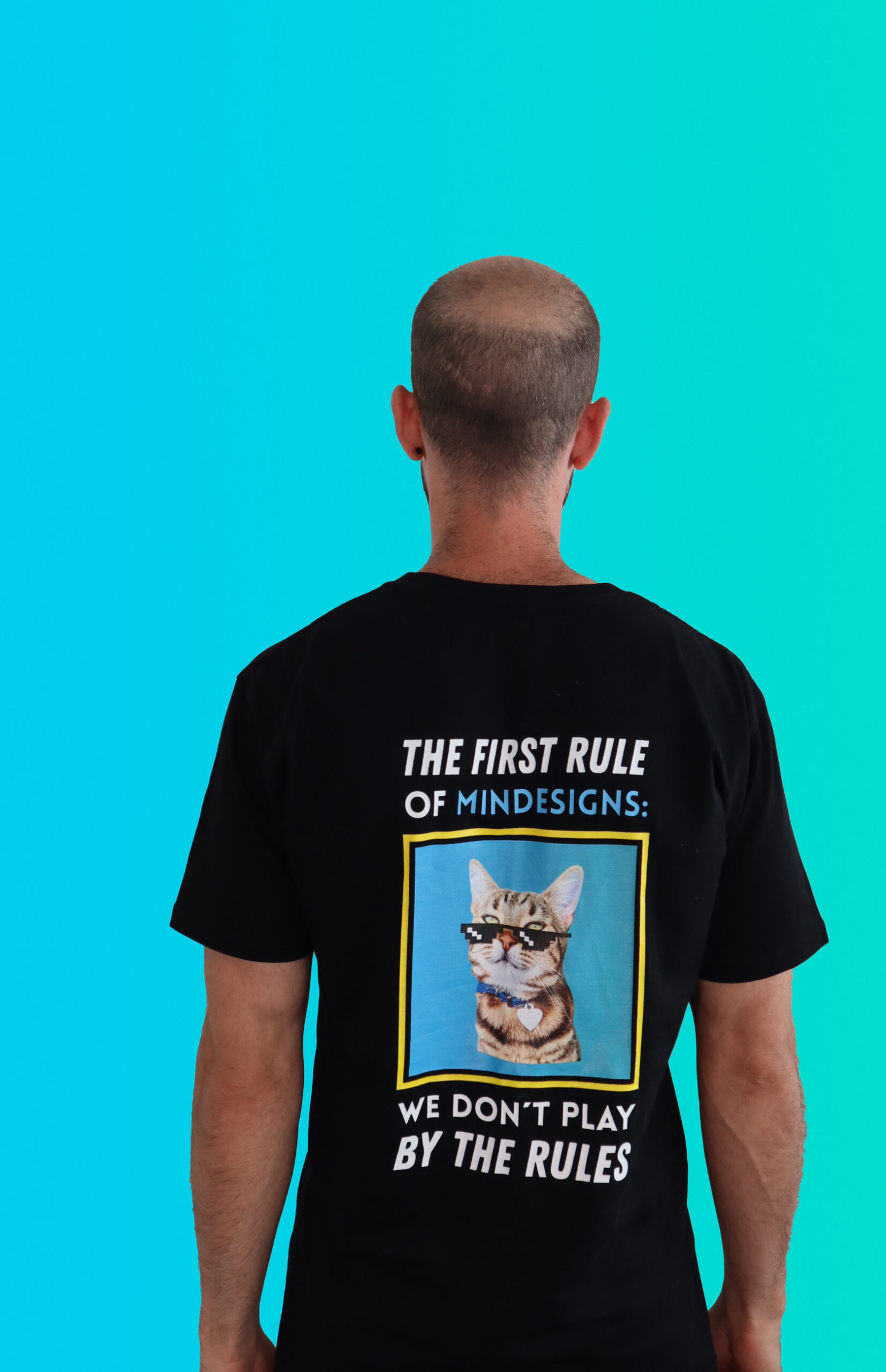This article is a brand guidelines cheat sheet to help your branding journey and equip you with essential information to create your amazing brand.
Brand guidelines go beyond an icon or a logo. It also includes your brand’s fonts, tone, colours, visuals, and imagery guide. The world’s most-known companies have strong brand guidelines they strictly follow. And they do it to ensure their brand message stays coherent and easily recognizable.
People easily identify global brands because of their strict repetition of colors, logos, images, and fonts. Without strict consistency, brands will lose their ability to communicate well with their target audience. Which ultimately leads to fewer sales and confused customers.
As you keep reading, you will find out what brand guidelines are all about, what to include in yours, And how not to drive away your potential customers.
What Should a Brand Guidelines Include?
Branding is what people say about your business when you are not in the room; how a customer or potential client perceives you. Branding is a powerful weapon that helps you leave a memorable impression on your audience.
Branding is powerful, that is why guidelines are in place to ensure consistency. So, what are brand guidelines? They are like a ‘rulebook’ to help you build a consistent experience to stand out from your competitors.
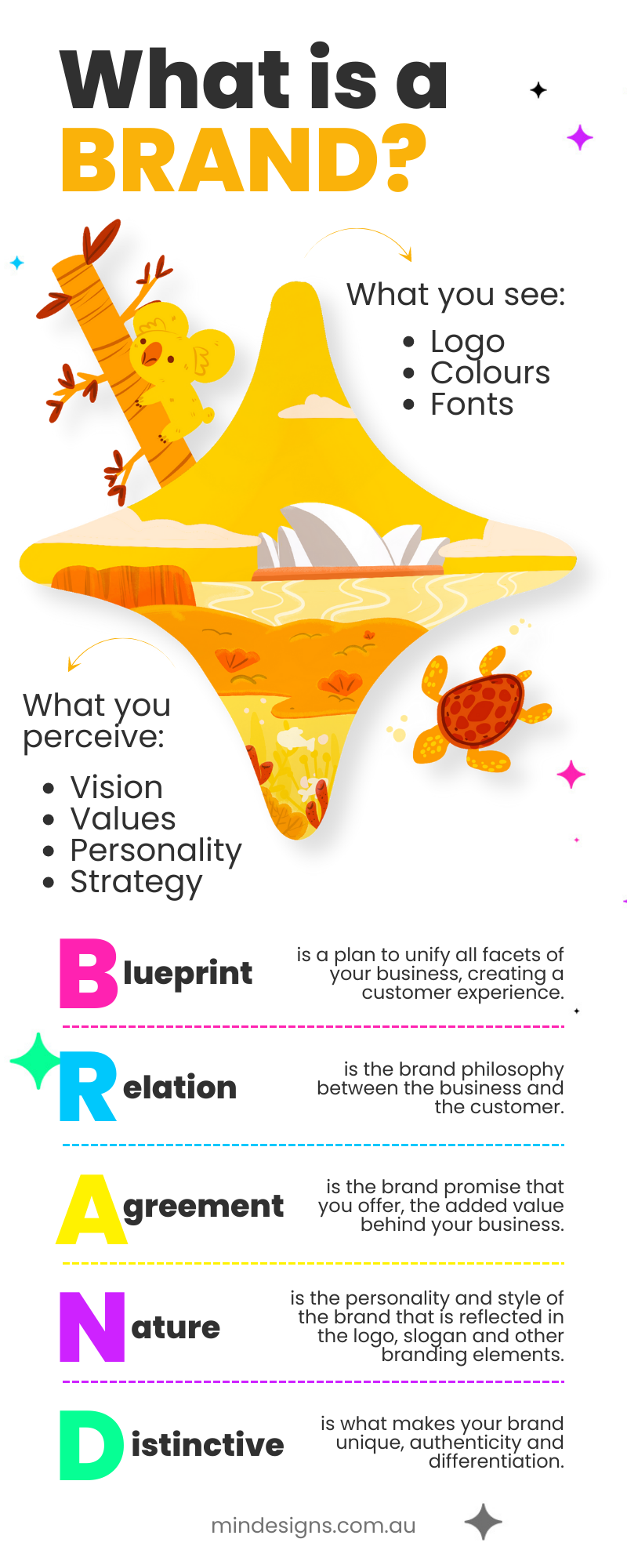
Moving forward, let’s now talk about things you should include in your brand guidelines. Although brand guidelines have no strict formula, there are many ways to communicate your brand. Here are some of the essential elements you can include fitting your brand specifications:
- Brand Story: Storytelling is an effective branding and marketing tool because many people are drawn to stories. You can share stories of how you started your brand (the ups and downs of your experience) and why you started in the first place (what motivated you). The brand story lays a good background for building your brand guidelines. Also, it educates your employees, designers, and audience about who you are.
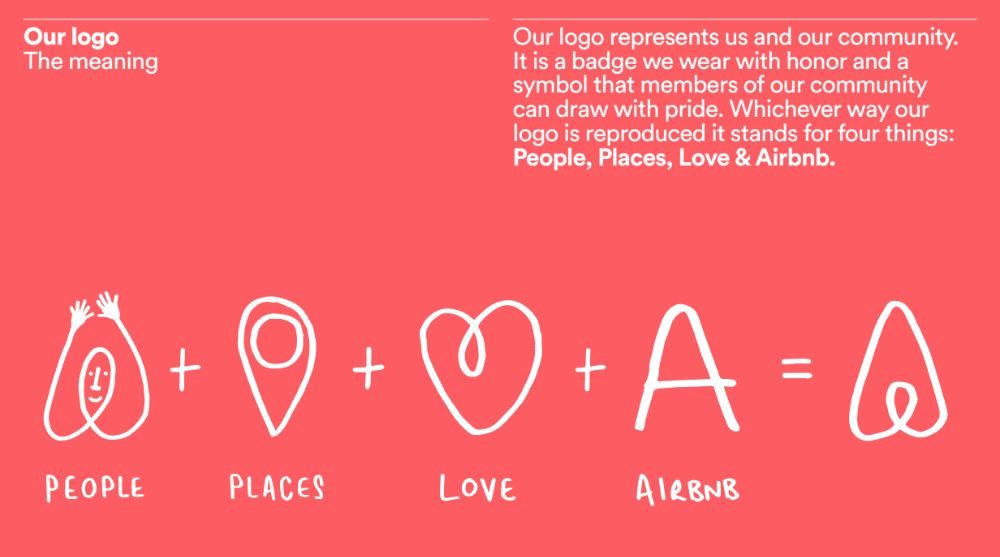
- Typography: Typography is arranging texts and letters to make a copy clear, visually appealing, and legible to the reader. It involves font style and appearance, aiming to elicit emotions and underlying messages.
Typography in brand guidelines brings the text to life, provides graphic balance, informs your users, sets your product’s tone, and influences customer decision-making. Some popular font styles you can explore are Script, Decorative, Serif, Decorative, Slab Serif, and Sans serif.
- Images: In the brand, guidelines cheat sheet, images will help portray the feel and look you want for your brand. It is essential to select images that will evoke the intended kind of feeling you want people to get when they see your brand. Before choosing the style of your pictures, ask yourself specific questions like, will it be a close-up or wide-angle picture? Will it be a commercial or artistic style? Images also contribute to your social media feeds.
- Colours: When colours are used correctly, they set tones, evoke certain feelings, and many more. Did you know that colours have a direct impact on our emotions?
A colour like red is emotionally intense and can be seen as a source of strength and power or convey love and passion. White communicates purity and cleanliness. When your brand builds an association with colours, it’s easily recognized. So make sure you use the right colour to evoke a suitable feeling in your brand.
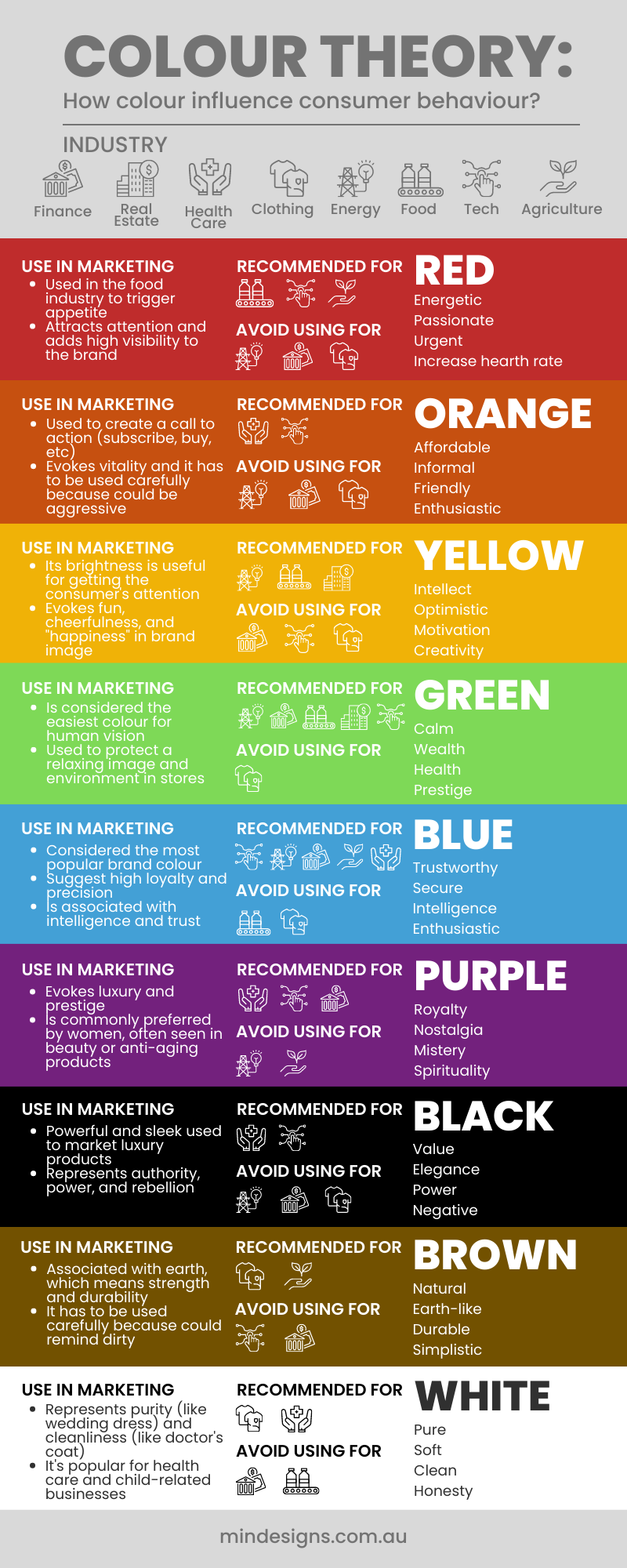
What are the 3 Rules of Branding?
Good branding is a form of science and an art. Developing, nurturing, and protecting your brand is vital for your company’s survival. You can successfully brand your business by following some rules. So, below are three rules you can apply to achieve successful business branding:
1. Be Original/Creative
Avoid copying someone else’s branding idea when branding and building your brand. Originality is what separates your brand from other similar brands. Be creative in your thinking; think out of the box. Your company’s logo and name are essential elements and should be chosen carefully; choose a creative name and design. Use a short and sweet name, and your logo should be a symbolic representation of your name (not just an image).
2. Be Relevant and Connected
Your brand must be relevant to society for it to succeed. You should be able to solve a problem or meet a community’s needs. Also, stay connected to your brand’s values and cultures. You can maintain your core values despite current trends; adapt and move with the tides. Remain authentic and give your customers reasons to come back. Remind yourself of your company’s culture, stick to it and embody it. Ensure your employees are also aware of these values and keep to them as they interact with potential clients and customers.
3. Be Consistent
Consistency makes it simple for people to remember your brand. It means portraying your messages, emails, and images in the same way and format across all mediums. Use the same colors, tone, and slogan at all times. Being consistent is a way to promise that you will consistently deliver products of the same quality. With consistency, it is easy for your audience to know an advert without taking a look at your logo.
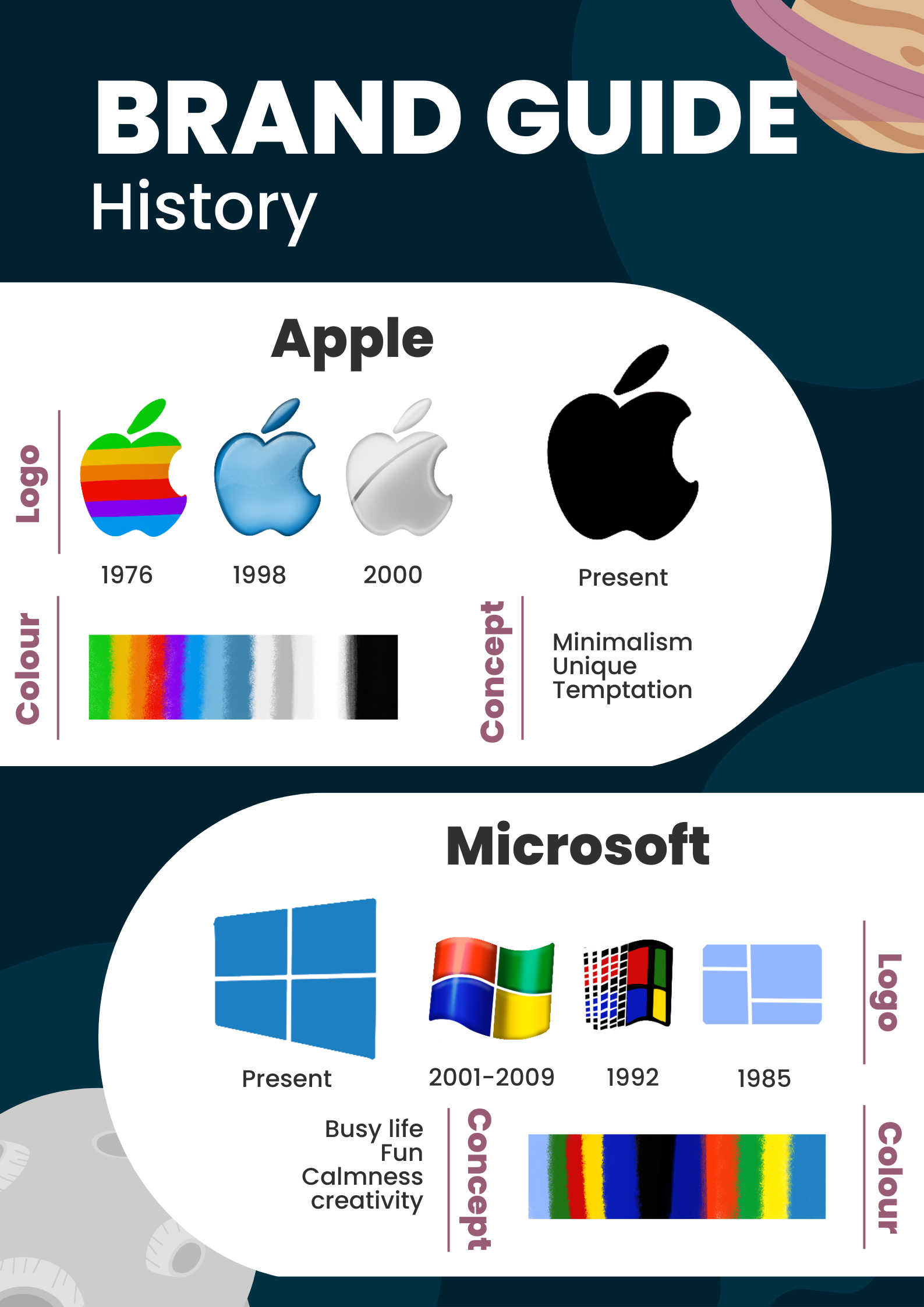
Examples Using our Brand Guidelines Cheat Sheet
Creating your brand guidelines may seem overwhelming, but the good news is that you can learn how to do it. Especially with the guidelines, we have equipped you with. Check out the top examples of successful brand guidelines that we designed.
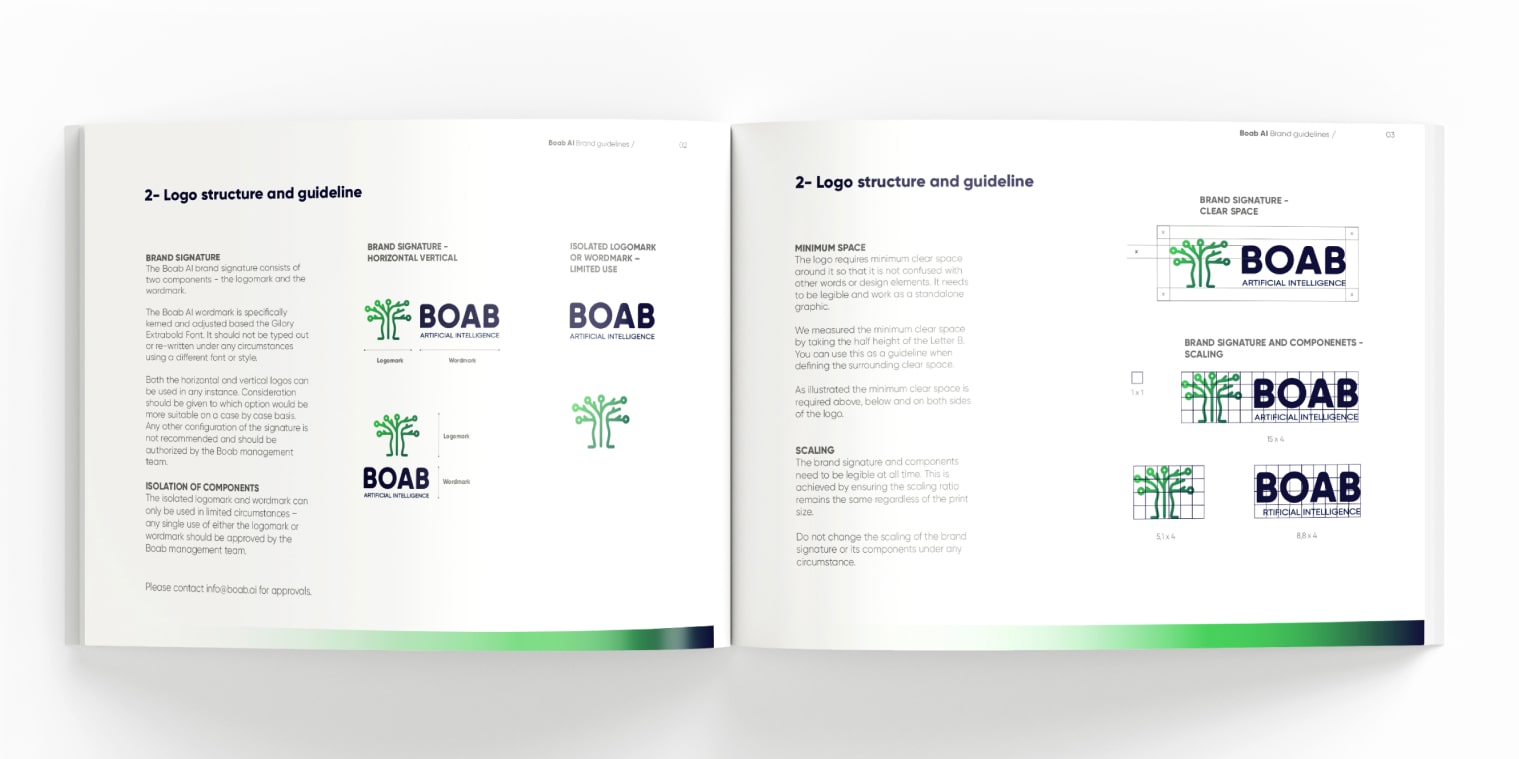
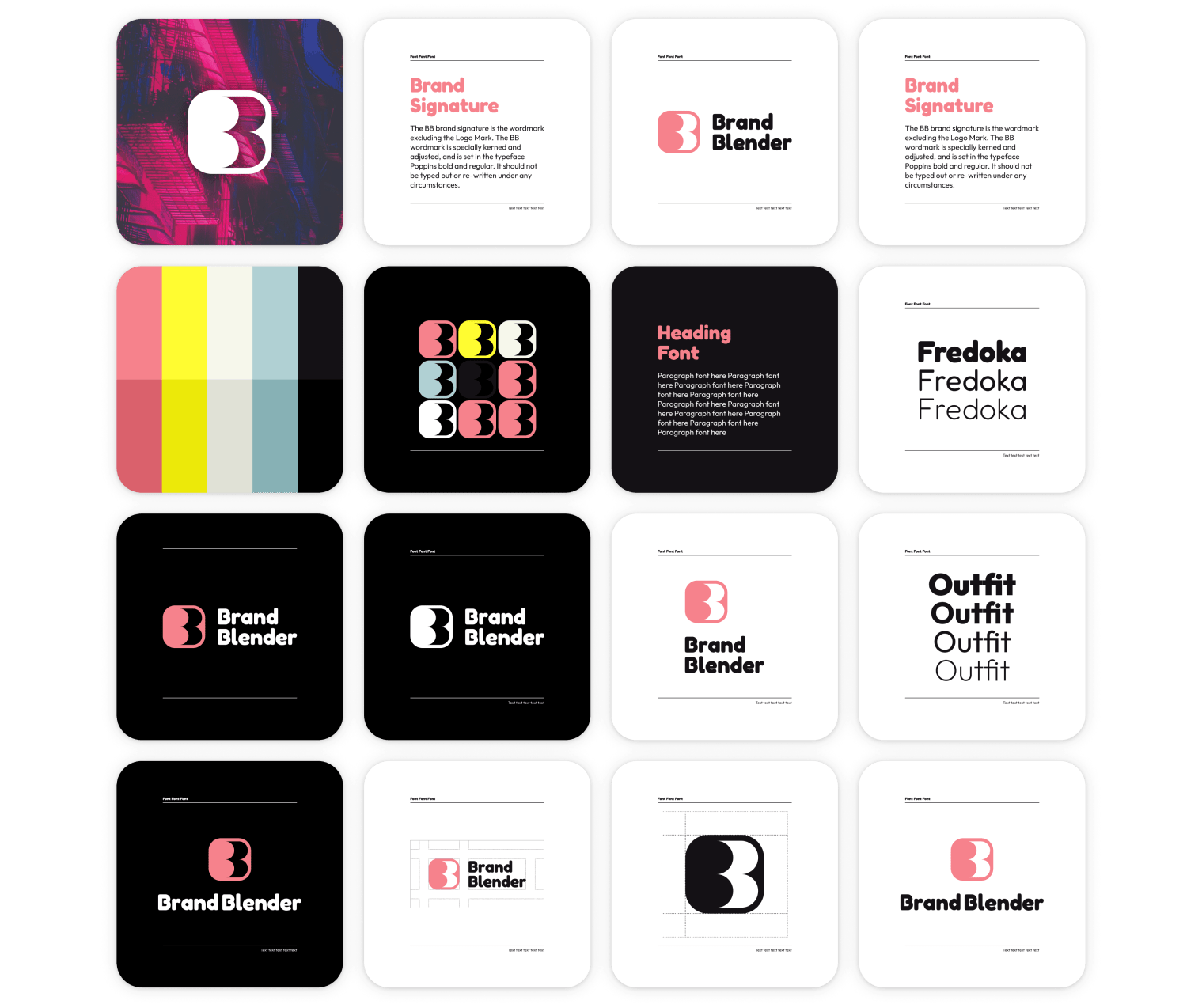

Dos and Don’ts in Brand Guidelines
You can’t afford to confuse your audience. Hence, some big dos and don’ts of branding are included in the brand guidelines cheat sheet to save you from making costly mistakes.
DO’s:
- Identify your target audience and customers. Understand what makes them tick and their shopping pattern.
- Maintain consistency to instill confidence in your audience.
- Write and publish quality content. This elevates your search engine’s position and is an effective way to reach new audiences.
DONT’s
- Please don’t get hung up on the competition, but pay close attention so it won’t affect your values.
- Never leave your employees in the dark. Ensure they are aware of your core values, plans, and strategies.
- Don’t make empty promises. Avoid trying to be what you are not or services you don’t offer.
Conclusion
This brand guidelines cheat sheet provides tools and rules to help you build your brand. To define how you want your services or products to be seen by people. The importance of consistency cannot be overemphasized. The brand guidelines cheat sheet will help you on your journey to successful branding, re-branding, and building your brand story.


































